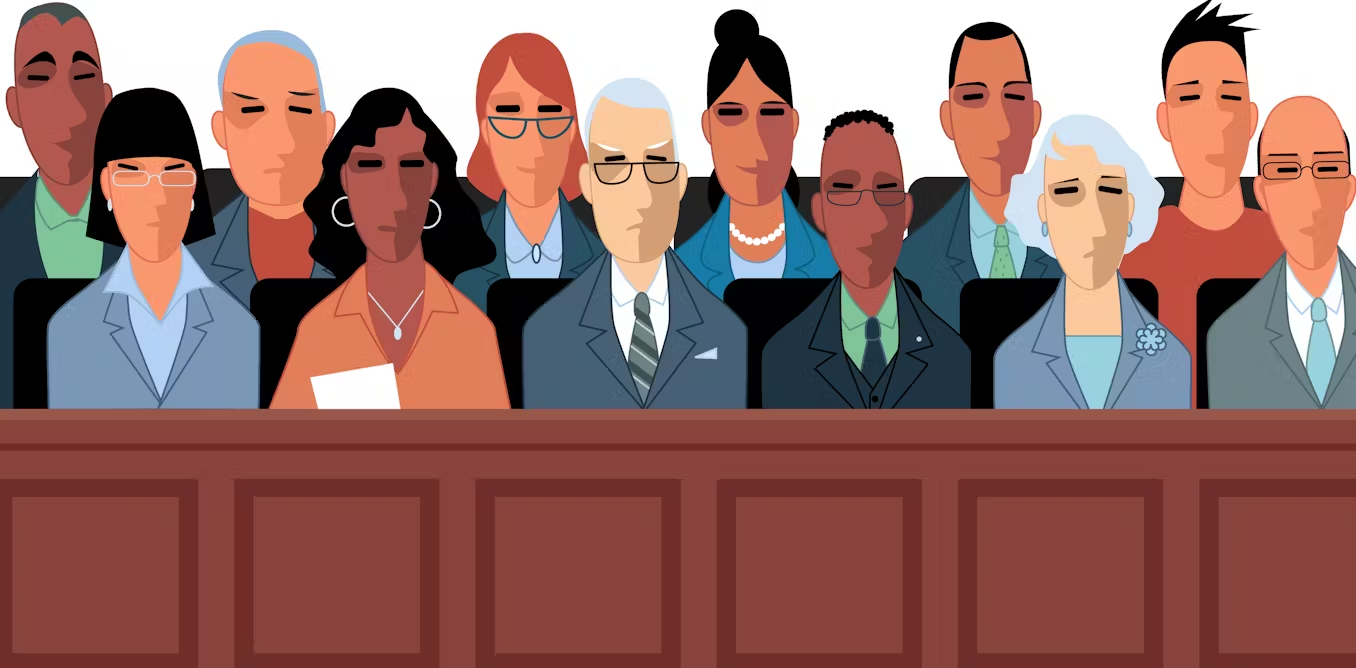Dive into the intricacies of the Smoothstack lawsuit, exploring allegations of exploitative employment practices, coercive agreements, and legal ramifications. Discover insights into navigating the complexities of employment law and advocating for fairness in the workplace.
Introduction
The tech industry is renowned for its innovation and dynamism, but beneath the surface lies a landscape rife with challenges, particularly in the realm of employment practices. One recent legal saga that has captured attention is the Smoothstack lawsuit, shedding light on alleged exploitative practices within the IT staffing agency’s training program and employment agreements.
Understanding the Allegations
At the heart of the Smoothstack lawsuit are allegations of labor law violations and coercive employment agreements. Central to the controversy is the treatment of recruits during the six-month training program, where recruits are purportedly required to work excessive hours without proper compensation.
The Wage Scheme
A critical aspect of the lawsuit revolves around Smoothstack’s wage scheme during the training program. Recruits claim they are not paid for the first three weeks of the program and are subsequently denied compensation for hours worked over 40 in a workweek. These practices, if substantiated, could constitute violations of the Fair Labor Standards Act (FLSA) and raise broader questions about wage fairness and compliance.
The Training Repayment Agreement Provision (TRAP) Dilemma
Another contentious element highlighted in the lawsuit is the Training Repayment Agreement Provision (TRAP). Recruits allege that they are coerced into signing agreements stipulating hefty penalties if they resign or are terminated prematurely. The TRAP, coupled with the threat of withholding minimum wage payments, presents a significant barrier for recruits seeking to assert their rights.

The All-or-Nothing Employment Agreement Conundrum
As recruits transition into consultants, they are confronted with yet another challenge: the “all-or-nothing” employment agreement. Consultants purportedly face restrictions on resigning or being terminated before billing 4,000 hours to Smoothstack clients. The coercive nature of this agreement, especially when intertwined with the TRAP, underscores concerns about fairness and autonomy in the workplace.
The Allegations of Retaliation
Perhaps most troubling are the allegations of retaliation against the plaintiff, Justin O’Brien, who expressed intention to file a class-action lawsuit. According to O’Brien, he was demoted to bench status and subsequently terminated in retaliation for his advocacy. Such actions, if proven, not only undermine employee rights but also underscore the power dynamics at play within the organization.
Legal Implications and Ramifications
The Smoothstack lawsuit has broader legal implications that extend beyond the confines of the tech industry. It raises questions about the adequacy of existing labor laws in protecting workers’ rights in the digital age and highlights the need for greater scrutiny of employment practices within emerging sectors.
Navigating the Complexities of Employment Law
Employment law is a multifaceted domain that requires careful navigation, especially in industries characterized by rapid innovation and evolving business models. The Smoothstack lawsuit serves as a reminder of the importance of understanding and advocating for one’s rights in the face of complex contractual arrangements and power differentials.
The Role of Transparency and Accountability
Transparency and accountability are essential pillars of a fair and equitable workplace. Employers have a responsibility to communicate clearly with employees about their rights and obligations, especially when it comes to training programs and employment agreements. Likewise, regulatory bodies must ensure robust enforcement mechanisms to hold organizations accountable for any breaches of labor standards.

Advocating for Change
The Smoothstack lawsuit underscores the need for systemic change in the way companies approach workforce development and employment practices. It calls for greater collaboration between industry stakeholders, policymakers, and advocacy groups to address systemic issues and promote a culture of respect, fairness, and dignity in the workplace.
Conclusion
The Smoothstack lawsuit serves as a sobering reminder of the challenges inherent in the tech industry’s workforce ecosystem. As the legal proceedings unfold, it is imperative to reflect on the broader implications for employment practices and labor rights. By fostering transparency, accountability, and a commitment to fair treatment, we can strive towards a more just and equitable future for all.
Read also: India Itsinghtechcrunch Through its TechCrunch Success





